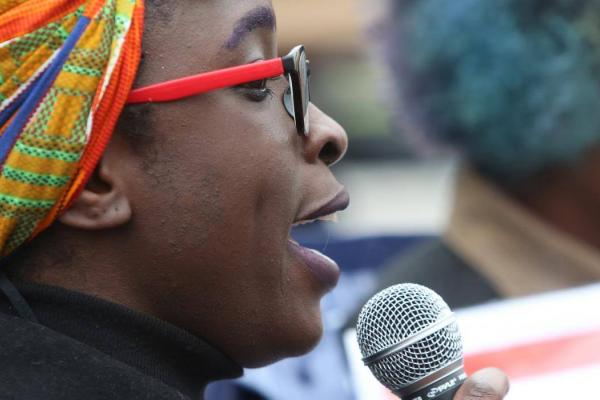Feb 13, 2017
I believe some from the older generations who were a part of the civil rights era have forgotten their roots in civil disobedience. Instead of inviting young people to be a part of planning, they speak from podiums, give grand introductions, tout their lengthy titles and positions held. Many are resentful and critical of younger activists. They believe the news media’s portrayal of Black Lives Matter instead of getting to know who these young people are.
Read the Full Article

Already a subscriber? Login
